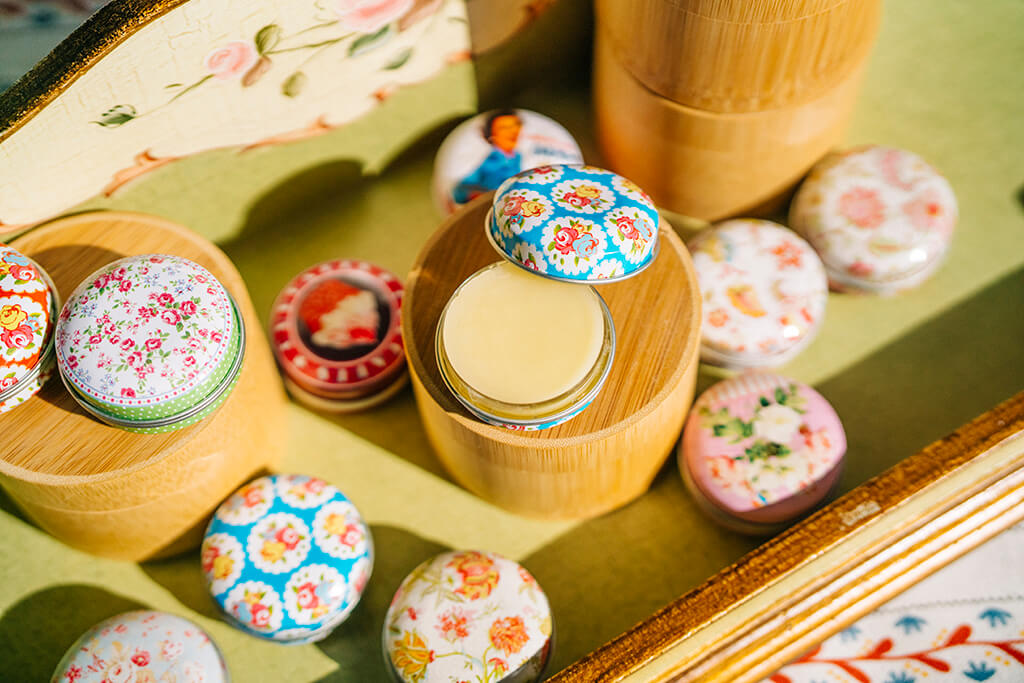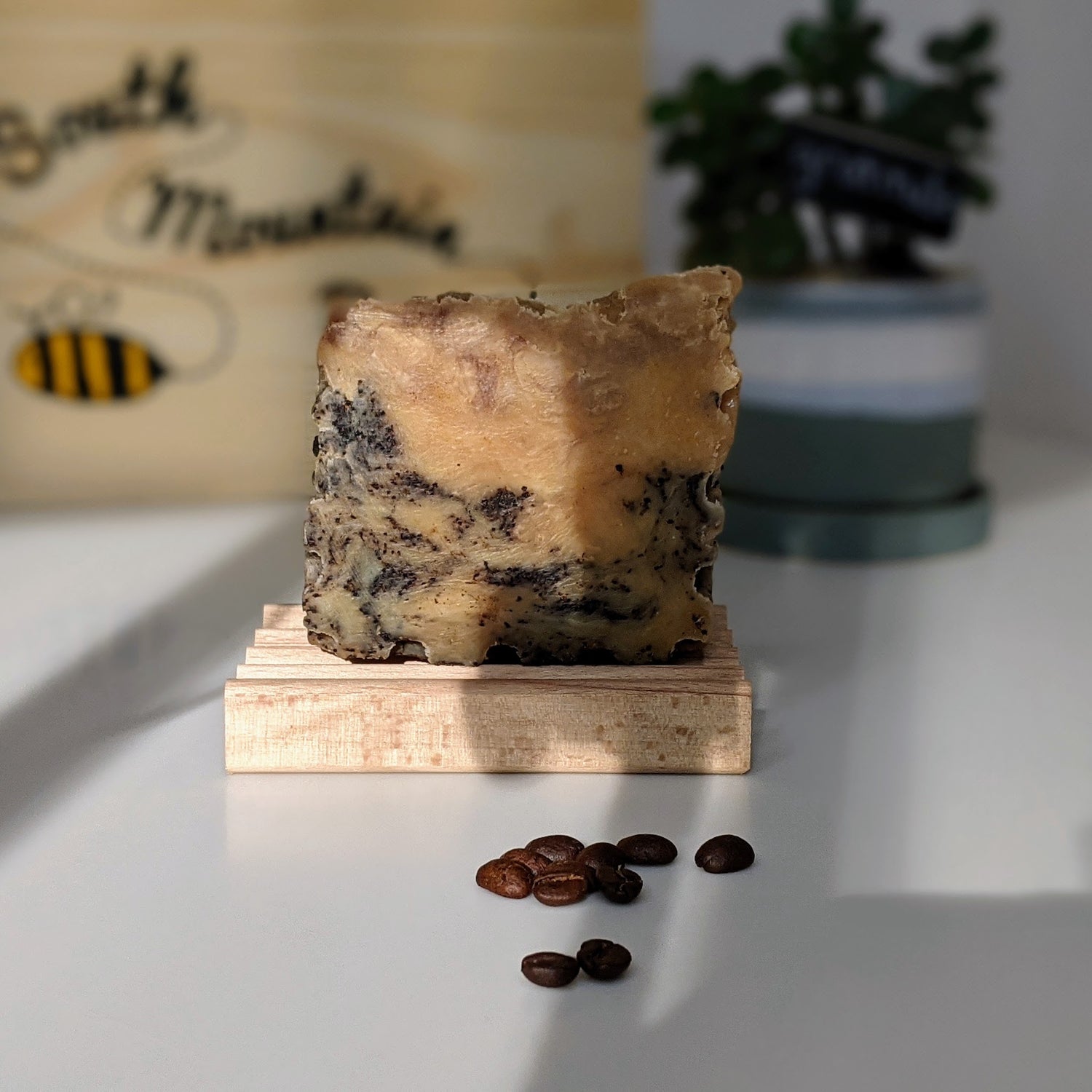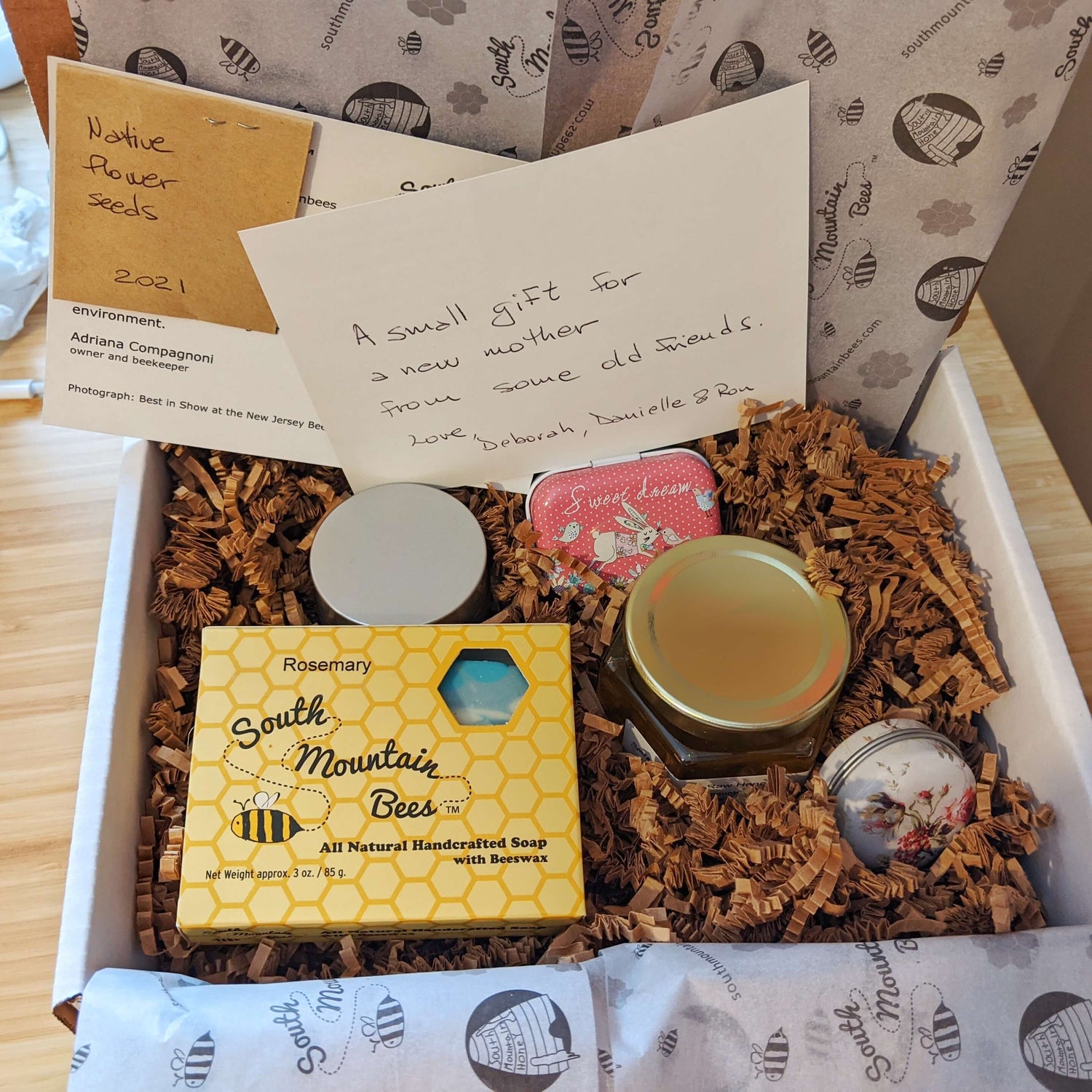Hi! I am Adriana, the beekeeper from South Mountain Bees.
How's the winter treating you? It's cold here. More so than usual. It’s been pretty much consistent freezing temperatures for the last few weeks, and the bees have been cooped up most of the time, consuming their honey stores and the granulated sugar we gave them as emergency food back in late December.
Here’s a video from December 28. It wasn’t so cold that day, and I was able to open up the hives briefly and feed them.
January and February are the most critical months for honeybees survival. It is when colonies are most likely to die. They can either starve, and that’s why we give them extra food, or they can be weakened by a number of viruses that shorten the lives of the winter bees, and they don't make it through to the spring. Strong bees will survive the winter, and that’s why we spend spring, summer, and fall, fighting off the main vector of many of those viruses, which is a tiny mite called Varroa Destructor. The mite is a parasite, like a dog tick, but much smaller, about the size of a pin head, that while feeding on the bees, transfers different diseases. Having a lot of bees in a colony, may mean we also have a lot of mites, and keeping the mite levels under control is the main challenge beekeepers face these days.
Not knowing what’s going on inside the hive, can be nerve racking for the anxious beekeeper. Did the bees go into winter strong and healthy? Will they make it? It can be a nail-biter. That’s why a couple of years ago, I asked for a thermal camera for Christmas to be able to “see” my bees, even when I can’t open the hives.
Here’s a picture I took on January 31, where you can see a strong warm cluster of honeybees. The red, orange, and yellow area is where the bees are. They keep each other warm by forming a cluster, and they consume their honey stores as they move up the hive through the winter. These bees are at the top, that means they might need extra food soon.

This other image, unfortunately, paints a sad picture. These guys didn’t make it. Once I can get back in, I’m going to take a sample of dead bees and check how many mites they had to understand why this colony failed.

Taking advantage of the balmy afternoon yesterday, just before the next snow storm, I opened up the hives and confirmed what I had seen in the thermal pictures. 😔 Sadly, three hives didn’t make it since the last inspection at the end of December. However, we still have plenty of good news to end with. Here’s a picture of these lovely ladies that are doing well so far. 🤞

This is the same hive from the video above. You can see how they chewed through the newspaper, and ate a good portion of the sugar. The beige powder is a pollen substitute I just gave them to help the new generation of bees that the queen is about to start laying, if she hasn’t already started. The next warm day we can check to see if there are any babies. Finally, here’s an attempt to get a head start on the mite saga. Can you see a toothpick in the middle of the sugar gap? That’s a mite treatment.
If all goes well, these bees will be ready to take full advantage of the nectar flow in the spring.
Thank you for reading! And thank you for your support, that allows us to continue keeping bees.






